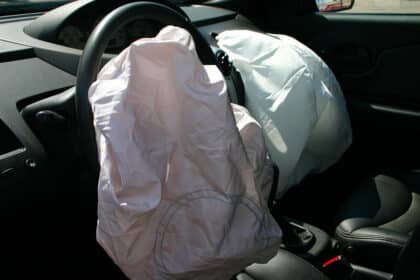
Photo: Pixabay
If your vehicle has a dashboard temperature display, you’ve probably noticed at least a few instances when it seemed to give the wrong temperature. You’re not alone. Apparently, this is a common issue with many vehicles’ outside temperature displays, especially in extremely hot or cold weather. And it has a lot to do with the type of thermometer the car uses and where it is placed.
Modern Confidence: Learn more about OnStar technology

Photo: Pixabay
Thermometers vs. thermistors
According to The Washington Post, most autos use thermistors instead of thermometers. While thermometers rely on a liquid like mercury to measure temperature, thermistors rely on reading the change in electrical current of the heat that is added or taken away.
2018 Hyundai Ioniq Earns “Best Hybrid Car” Title from U.S. News & World Report
The pros and cons of thermistors
A few of the strengths thermistors have is that they are economical, small, and convenient to use. Their main weakness comes in the form of inaccurate temperature readings. Interestingly enough, thermistors are mostly accurate, as The Post confirms. However, they do give inaccurate readings from time to time because of where they are placed on the vehicle.
Automakers usually place behind the front bumper of the vehicle. So on a hot summer day, for example, a car’s thermistor is vulnerable to absorbing reradiated heat from the road surface. This, in turn, can trigger a higher temperature reading than what your weather-forecasting app displays.
And, per Dallas News, thermistors tend to give more accurate readings at night, when there’s less heat reradiating off of the asphalt. They also tend to be more accurate when the car is in-motion on the highway rather than stuck in a traffic jam since the artificial heating effect is minimized.
Low on Tread? Find new tires with this helpful tool
News Sources: Dallas News, The Washington Post

Whitney Russell resides in Dayton, though her spirit can be found beach-bumming in Puerto Rico (the land of her half-Puerto Rican heritage). When not crafting car-related content, she can be found chasing after the most amazing toddler in the world, watching her “beaver” of a husband build amazing woodworking projects, hanging out with two crazy dogs, and visiting family and friends. She also enjoys traveling, crafting, and binge-watching period dramas when time allows. See more articles by Whitney.









